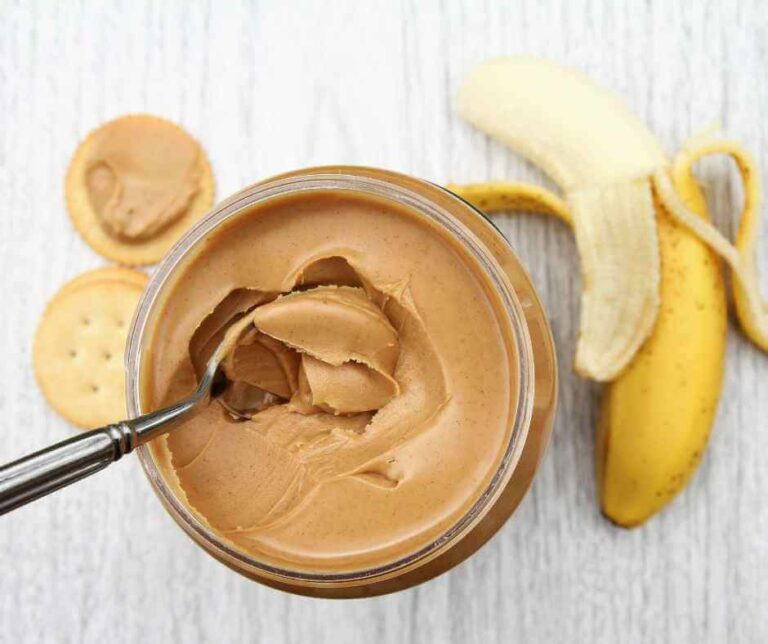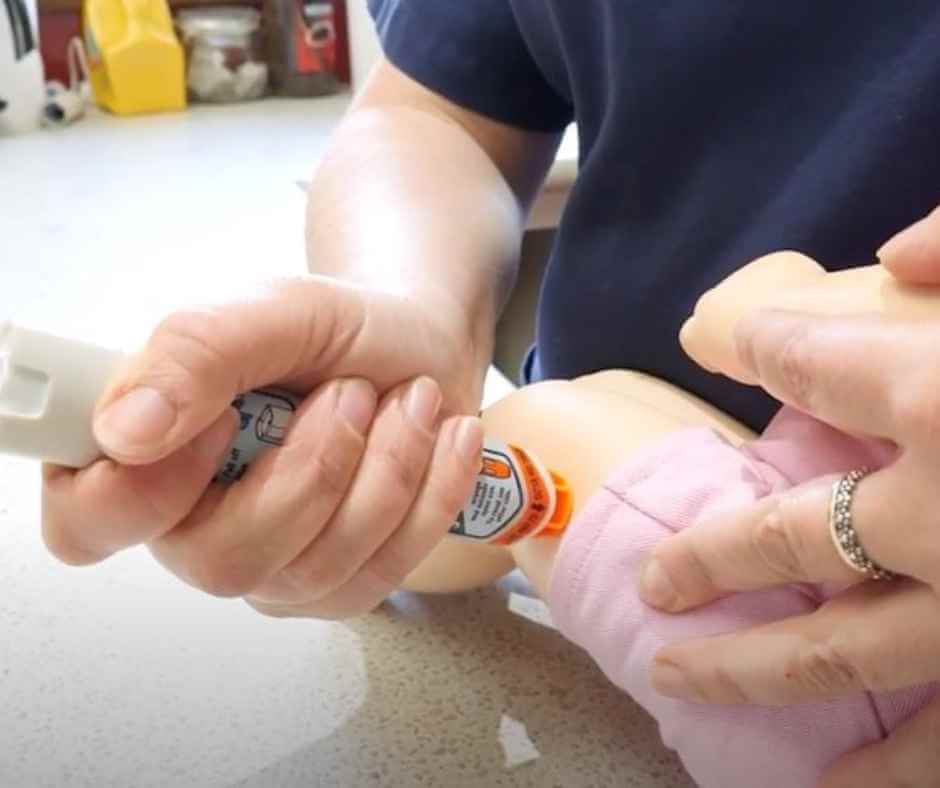How To Introduce Peanut Butter To An Infant

How to Introduce Peanut Butter to an Infant: A Comprehensive Guide for Parents
Introducing solid foods to your baby is an exciting milestone, and one of the foods parents often feel apprehensive about is peanut butter.
With the rising awareness of food allergies and the terrifying statistic of 1 in 10 babies under the age of 1 year having a diagnosed food allergy, it’s natural to have concerns. However, recent guidelines suggest that introducing peanut butter early can actually help prevent peanut allergies. Here’s a step-by-step guide to help you safely introduce peanut butter to your infant.
Why Introduce Peanut Butter Early?
Research has shown that introducing peanut products to infants as early as 4 to 6 months old, especially those at high risk of allergies, can reduce the likelihood of developing a peanut allergy. This approach is supported by guidelines from organiations such as the Australasian Society Of Clinical Immunology and Allergy (ASCIA). Introducing peanut butter to your infant can be a positive step in their dietary journey.
Preparing to Introduce Peanut Butter
1. If Worried, Consult Your Dr: Before introducing any allergenic food, it’s a good idea to consult with your doctor if you are particularly worried about it, especially if your baby has severe eczema or an egg allergy, as these are risk factors for peanut allergies.
2. Choose the Right Time: Pick a time when you can monitor your baby for at least two hours after the introduction, such as during breakfast or lunch. Ensure that your baby isnt experiencing any cold or illness symptoms, to avoid confusing allergy symptoms with other illnesses.
3. Be Prepared: Have baby-safe antihistamines on hand and know the signs of an allergic reaction, such as hives, swelling, difficulty breathing, or vomiting. Introducing peanut butter to your infant requires careful preparation and monitoring.

Steps to Introduce Peanut Butter To Your Baby
1. Start Small: Mix a small amount of peanut butter (about 1/8 teaspoon) with water or breast milk to create a smooth, thin consistency. Alternatively, you can mix it with baby cereal or mashed fruit to make it easier for your baby to swallow. Just make sure you dont mix it into a large amout of food, as you want them to finish it.
2. First Taste: Offer a small spoonful and observe your baby’s reaction. If your baby tolerates it well, you can gradually increase the amount over the following days.
3. Monitor Closely: Watch for any signs of an allergic reaction for at least two hours after the first introduction. Symptoms to look out for include hives, rash, swelling, vomiting, or difficulty breathing. If any of these occur, seek medical attention immediately.
4. Increase Gradually: If your baby shows no adverse reactions, you can increase the quantity of peanut butter. Aim to include peanut products in your baby’s diet regularly, about two – three times a week, to maintain tolerance. Introducing peanut butter to your infant can be done safely with gradual increases.

Alternative Methods
1. Peanut Powder: Mix peanut powder with breast milk, formula, or water to create a smooth texture. Peanut powder can also be added to baby foods like porridge or yoghurt. You can get PB2 powder at most major supermarkets.
2. Peanut Puffs: Baby-friendly peanut puffs are a convenient option for introducing peanut. They dissolve easily and are safe for some older babies to consume. Introducing peanut butter to your infant can include various forms like peanut powder and puffs.
Tips for a Smooth Introduction
Stay Calm: Your baby can sense your anxiety. Stay calm and positive to help your baby feel at ease.
Variety is Key: Alongside peanut butter, continue introducing a variety of foods to ensure a well-rounded diet. Introduce one new food per week if possible.
Consistency: Regular exposure is essential. Include peanut products consistently in your baby’s diet to help maintain tolerance.

When to Seek Professional Help
If your baby has a strong family history of allergies, severe eczema, or a known egg allergy, discuss the introduction of peanut butter with your doctor. They may recommend an allergy test or give you more advice on how to introduce peanut butter to your infant in a medical setting for added safety.
Introducing peanut butter to your infant can be a nerve-wracking experience, but with the right preparation and approach, it can be a safe and beneficial addition to their diet.
Consult professionals if you are nervous, start small, and monitor your baby closely. By following these steps, you can help reduce the risk of peanut allergies and provide your baby with a nutritious, varied diet. Introducing peanut butter to your infant is a beneficial step in their dietary development.
For more tips and guidance on infant nutrition and first aid, visit The First Aid Nest and join our community of informed and confident parents.

Ready to Take the Next Step?
Attend The Nest’ Safe Spoon Clinic in Sydney
Join us at our Sydney Safe Spoon Clinic to introduce common allergy-triggering foods to your baby under the supervision of an experienced children allergy nurse.
Enrol in Our Online Baby First Aid and Allergy Course
Prefer learning from home? Sign up for our comprehensive online baby first aid and allergy course, designed to equip you with the knowledge and confidence to handle your baby’s dietary needs safely.
Book an In-Home Private Baby First Aid and Allergy Course
For personalised, hands-on training, schedule an in-home private baby first aid and allergy course in Sydney or Melbourne. Our expert instructors will come to you, providing tailored guidance in the comfort of your own home.
Visit The First Aid Nest to learn more and secure your spot today!
